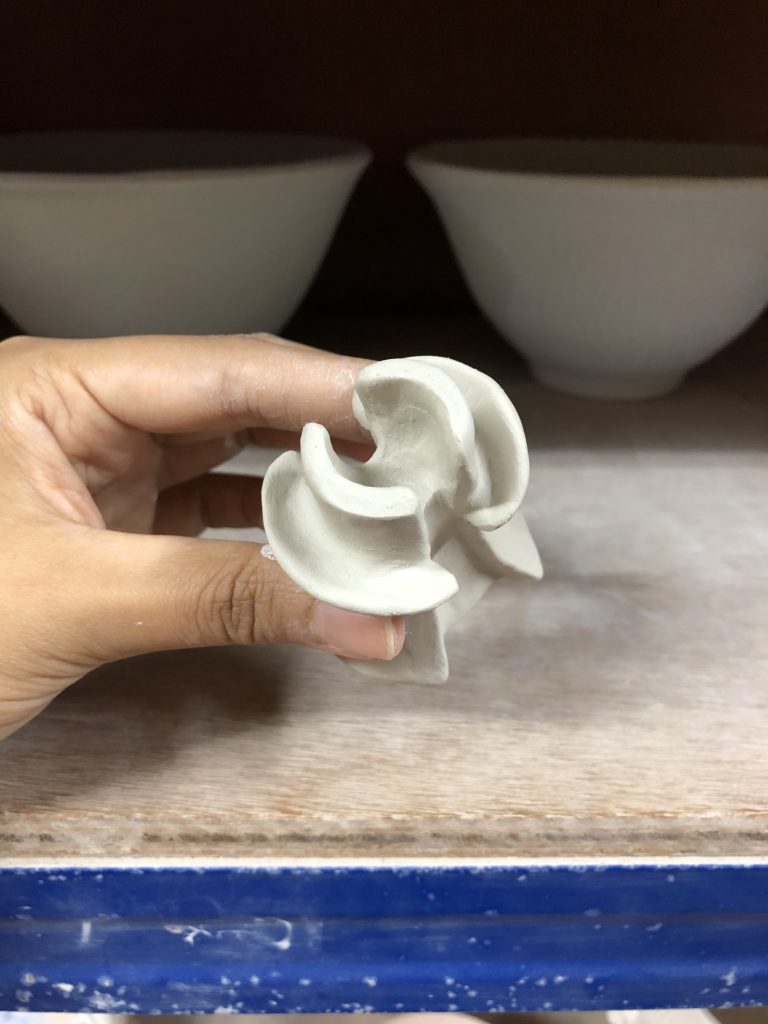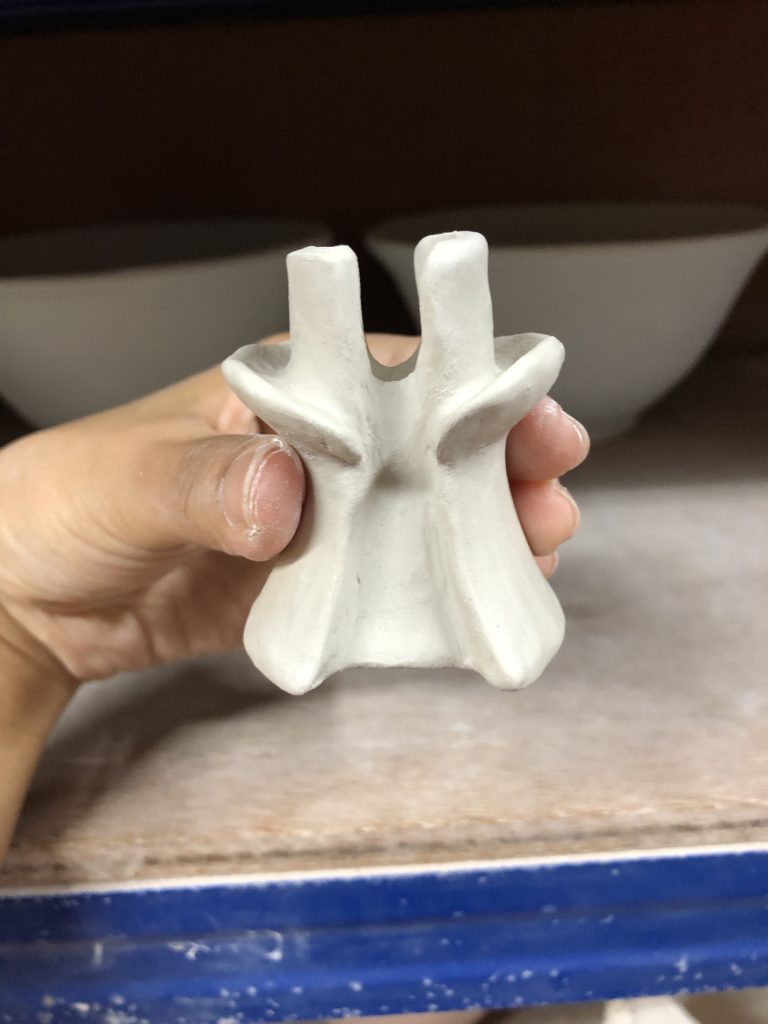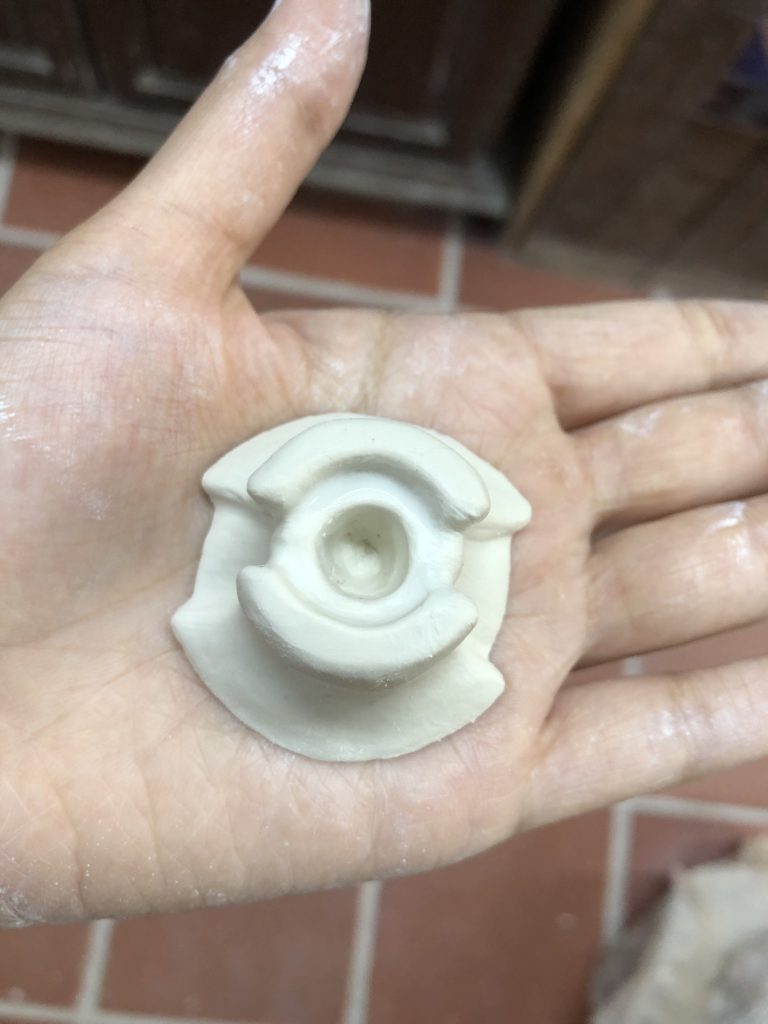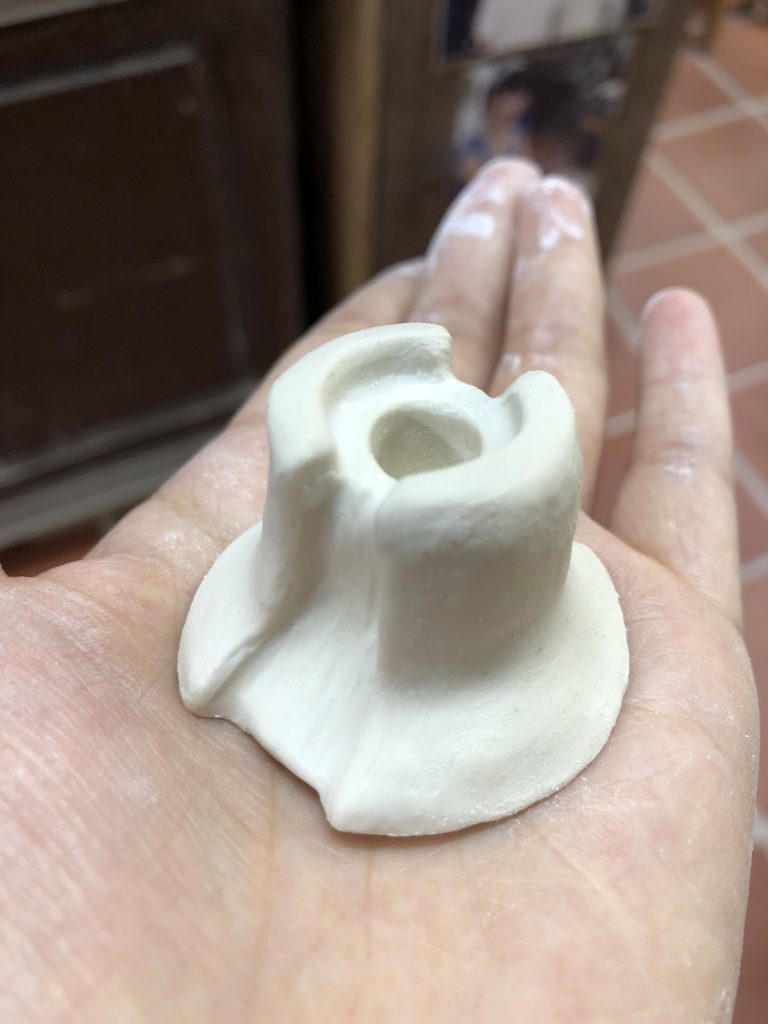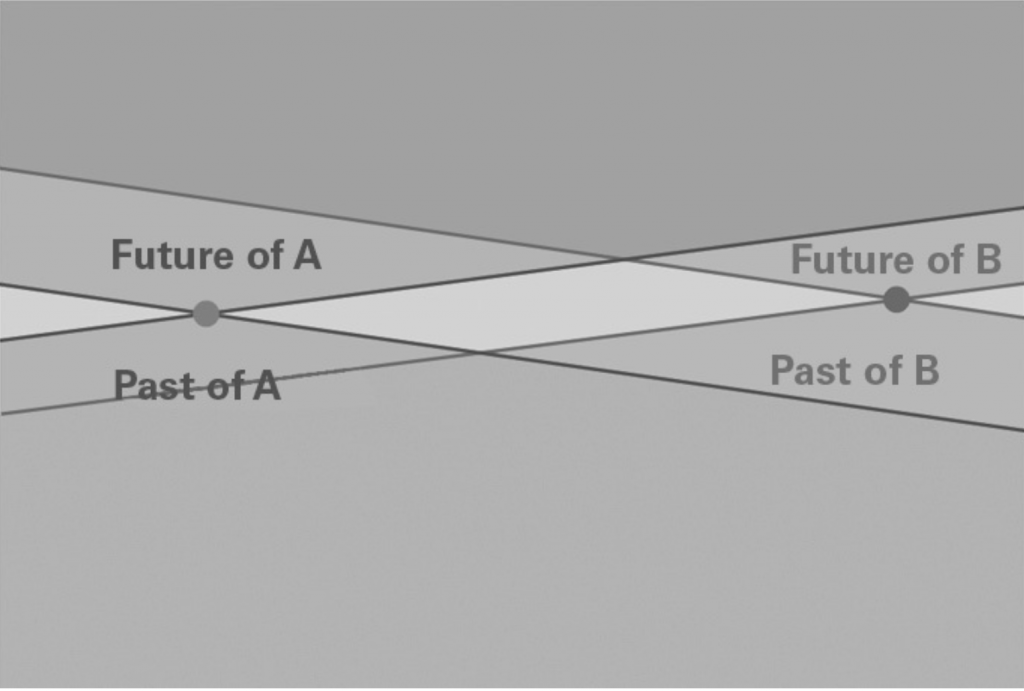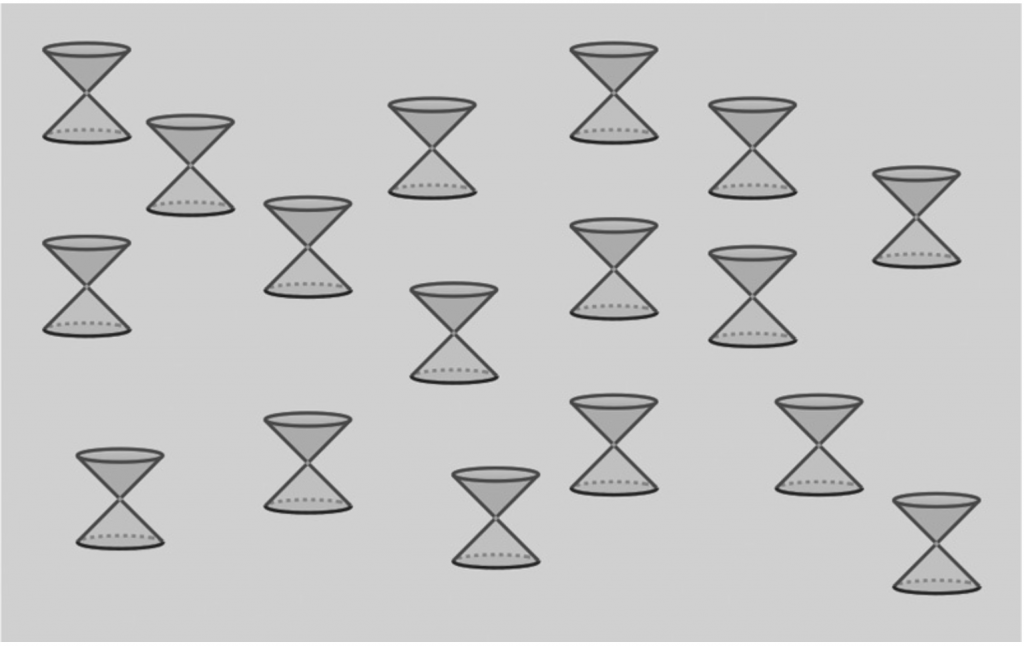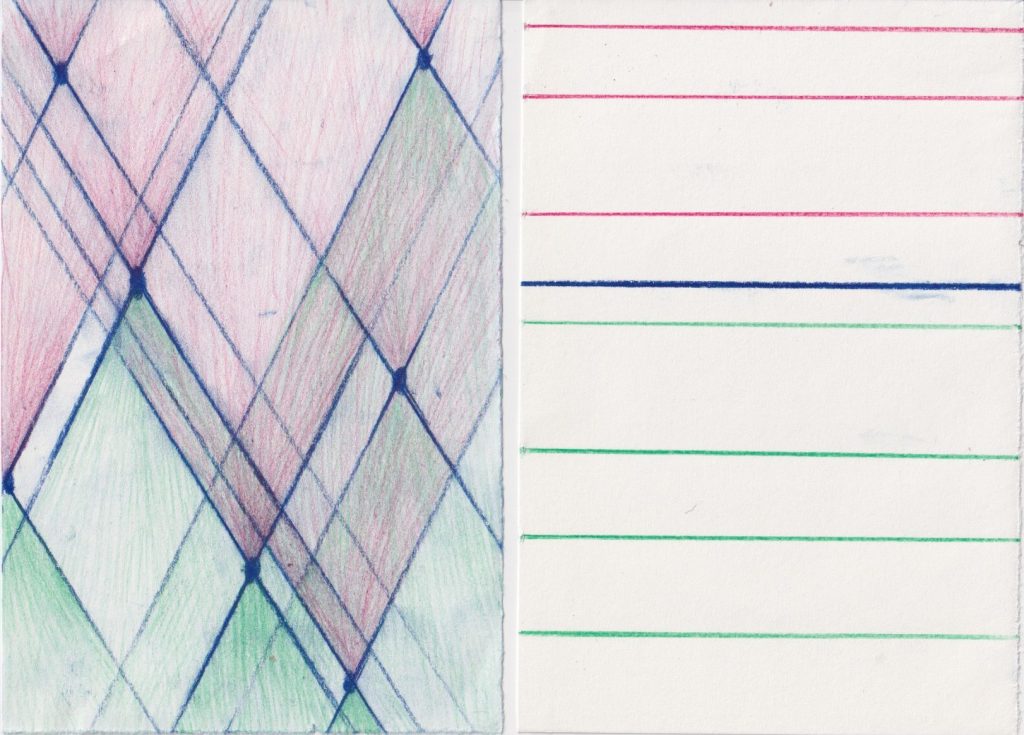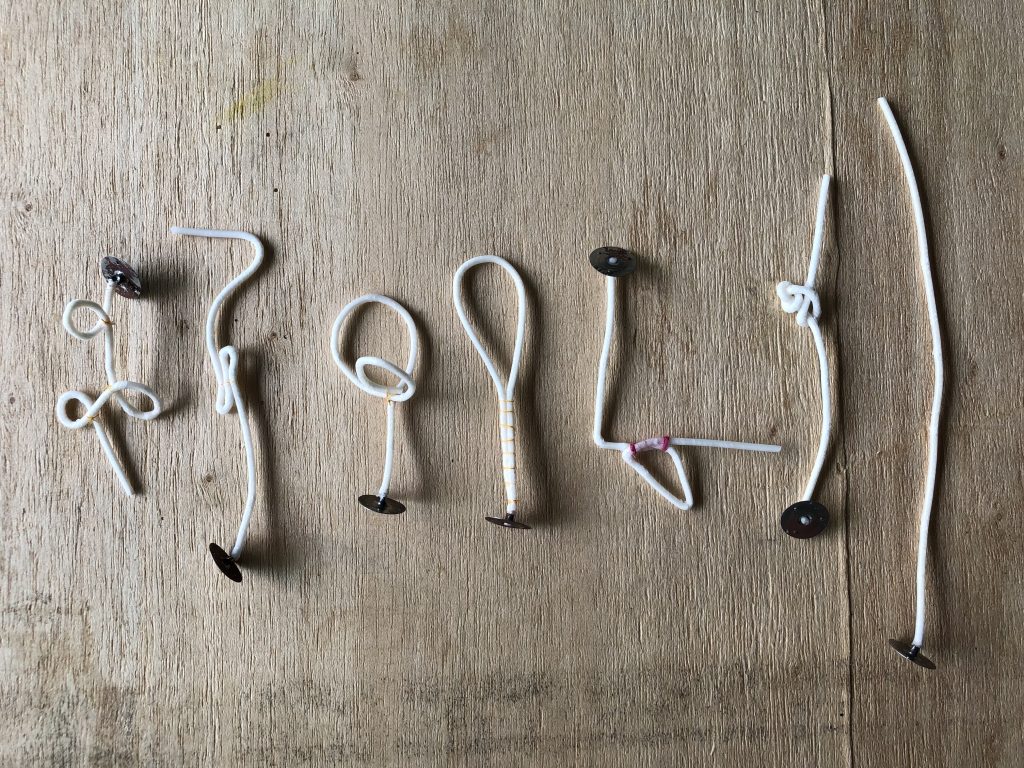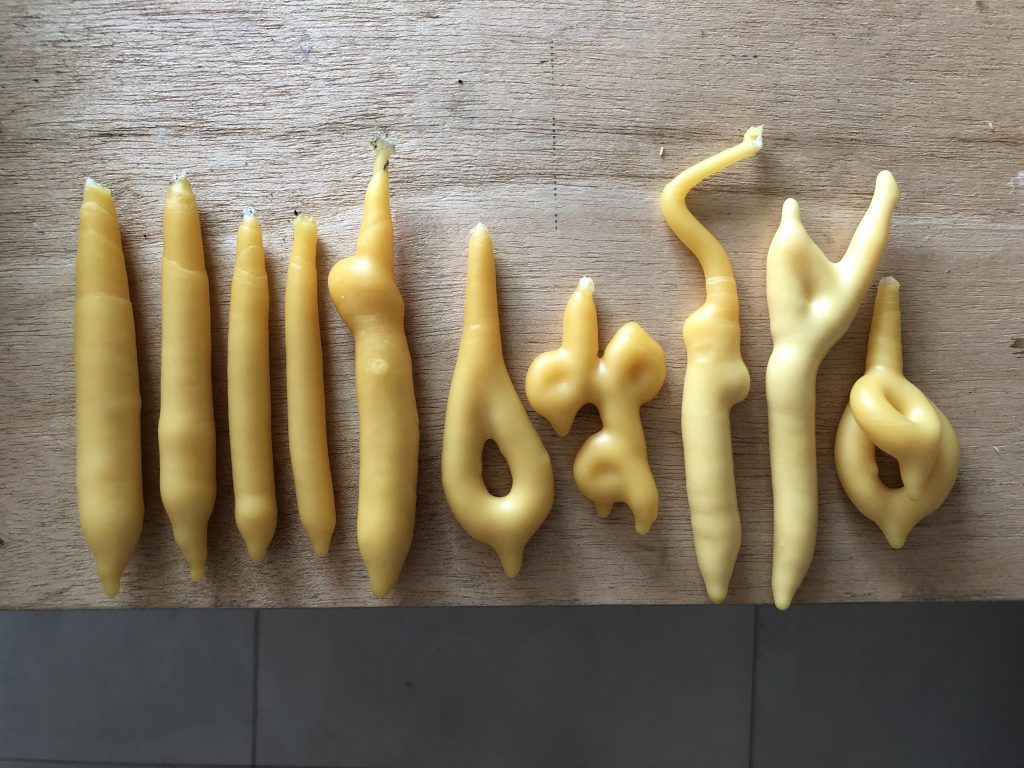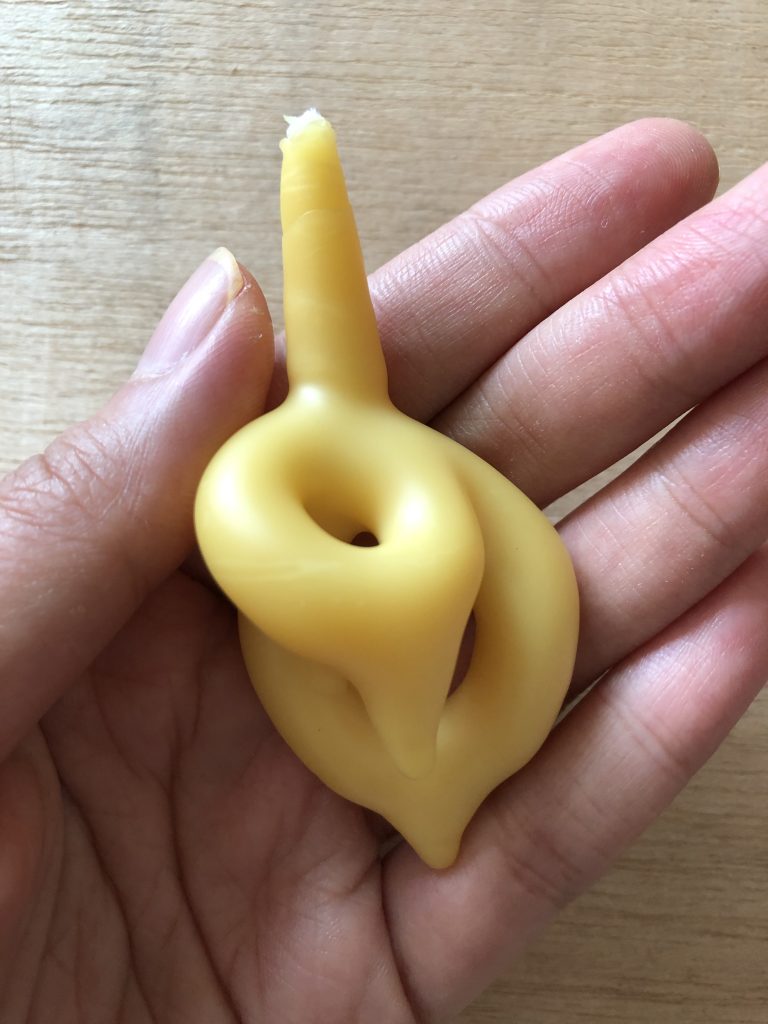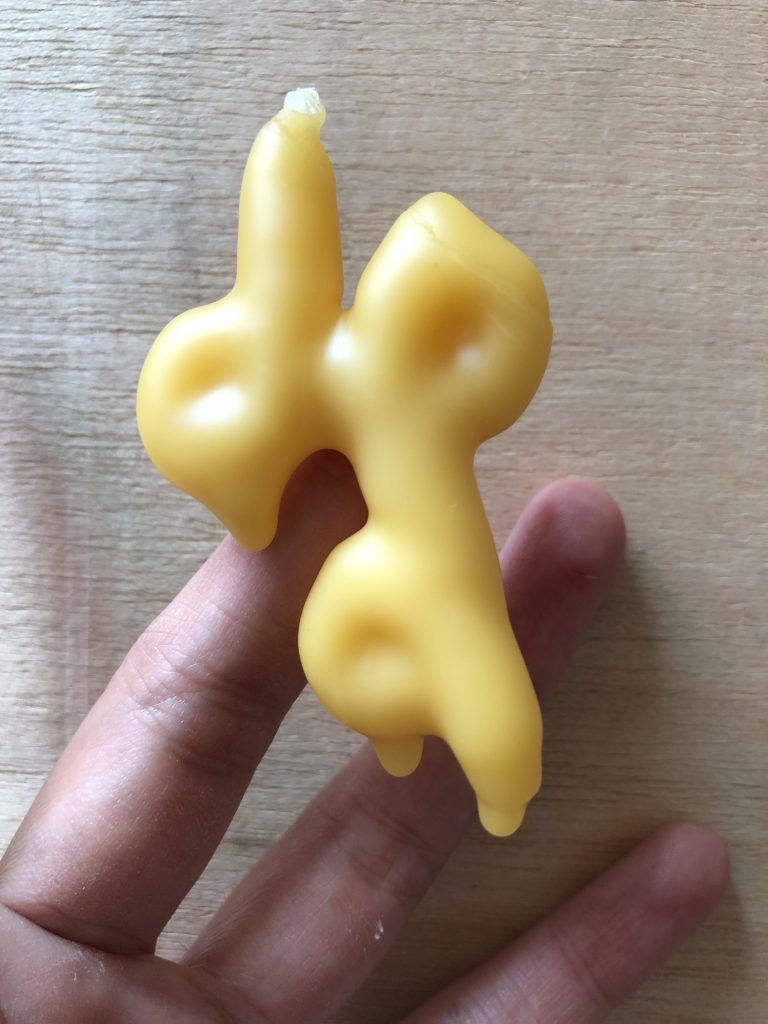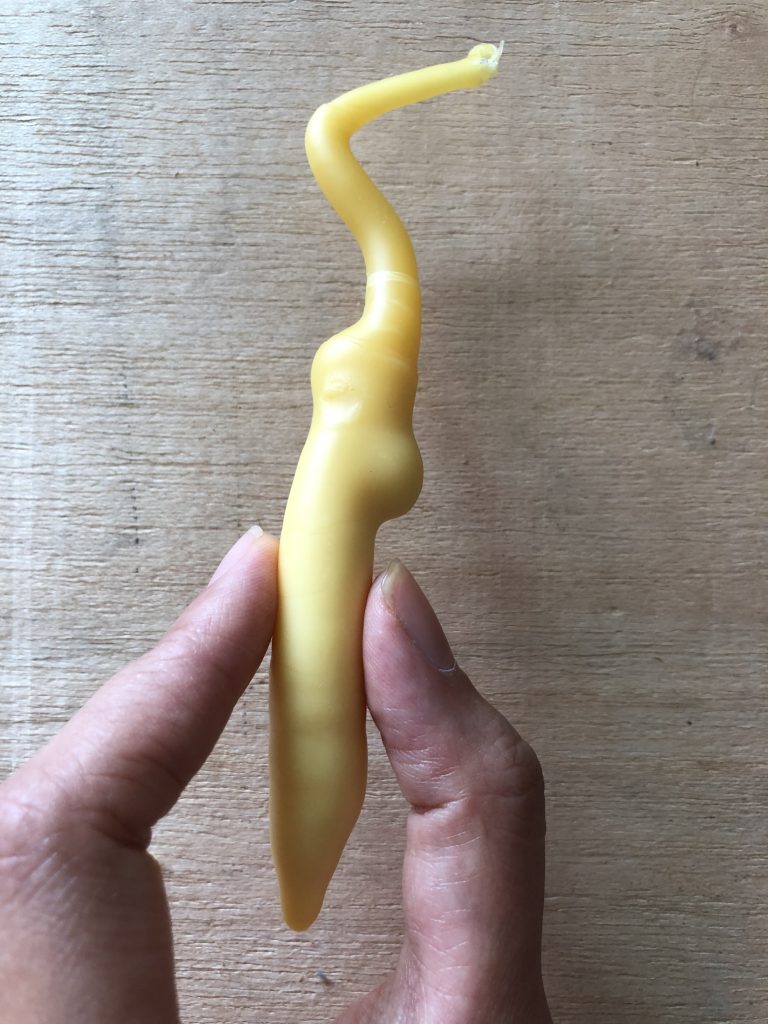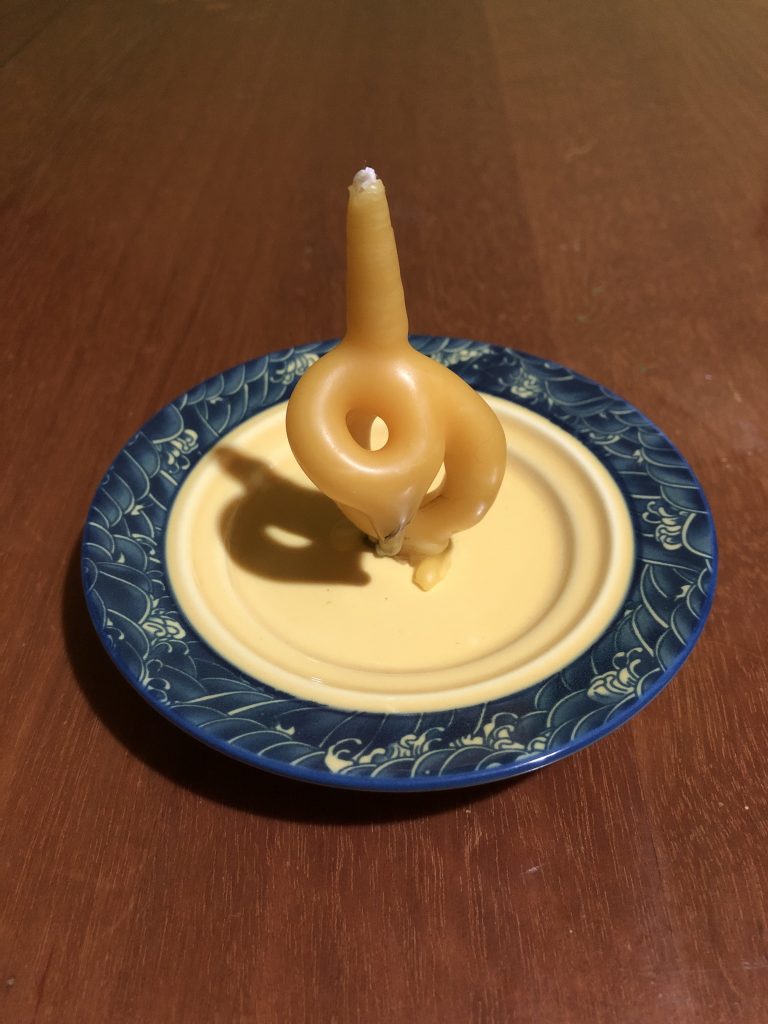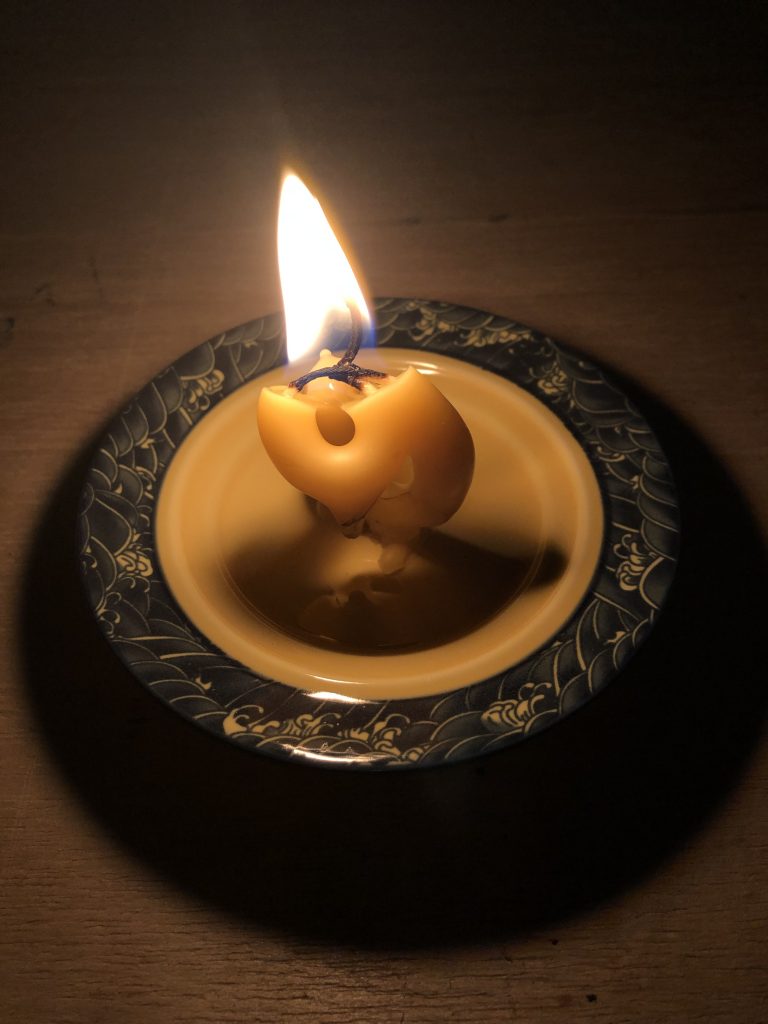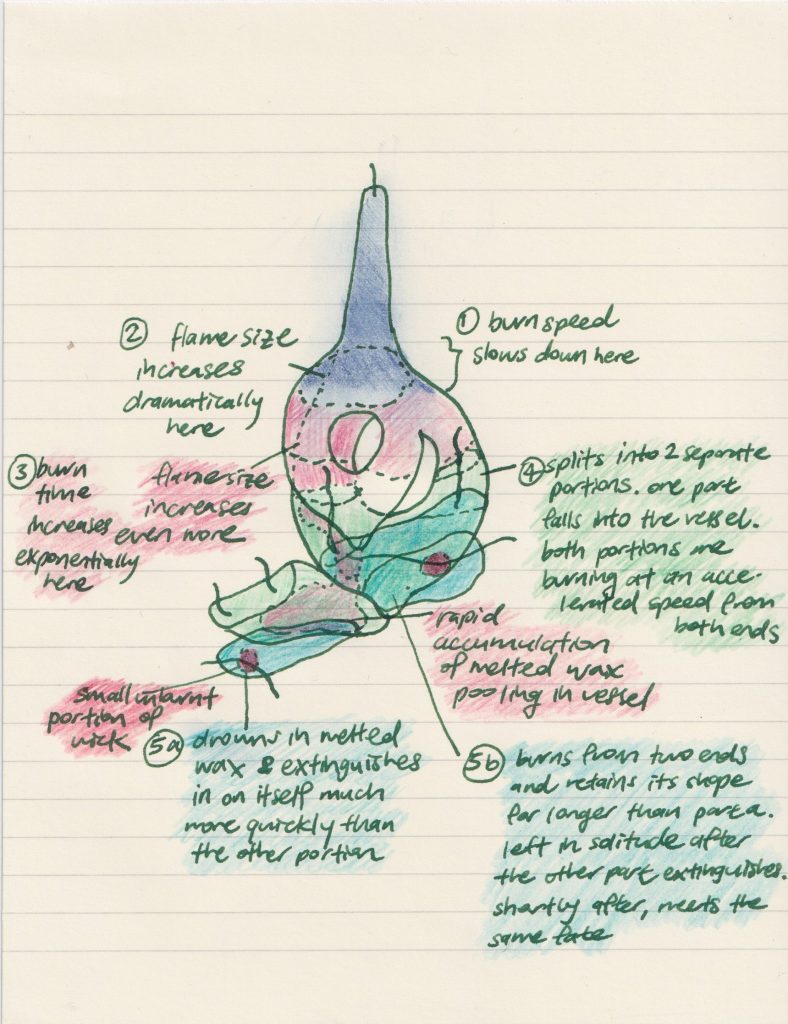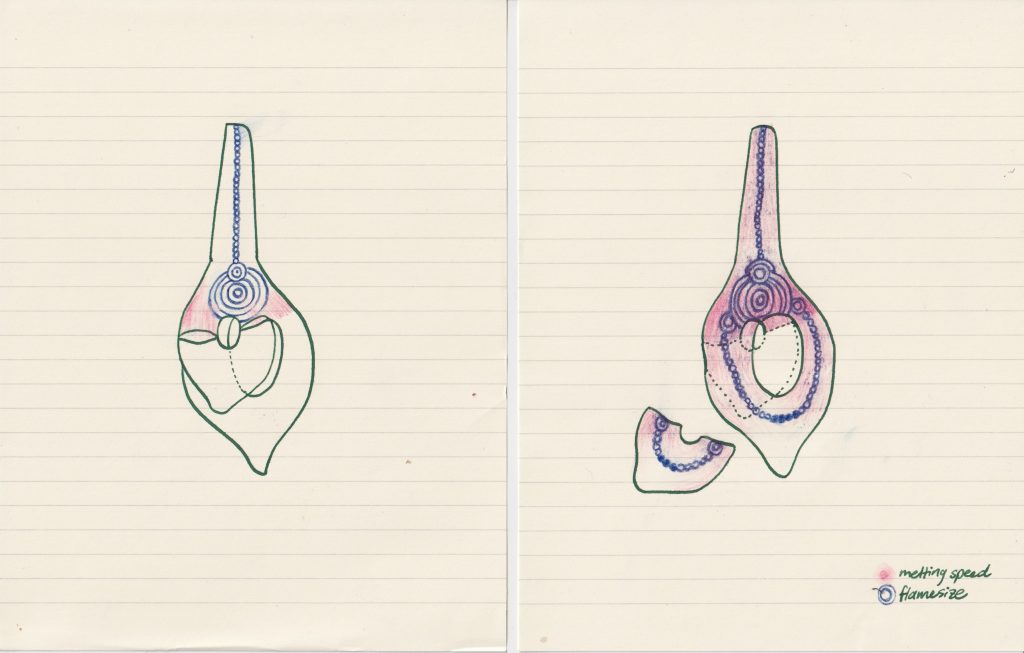Making holders that could gather and divert the flow of melted wax. I’m wondering if these can be draw tools of some kind, marks that record.
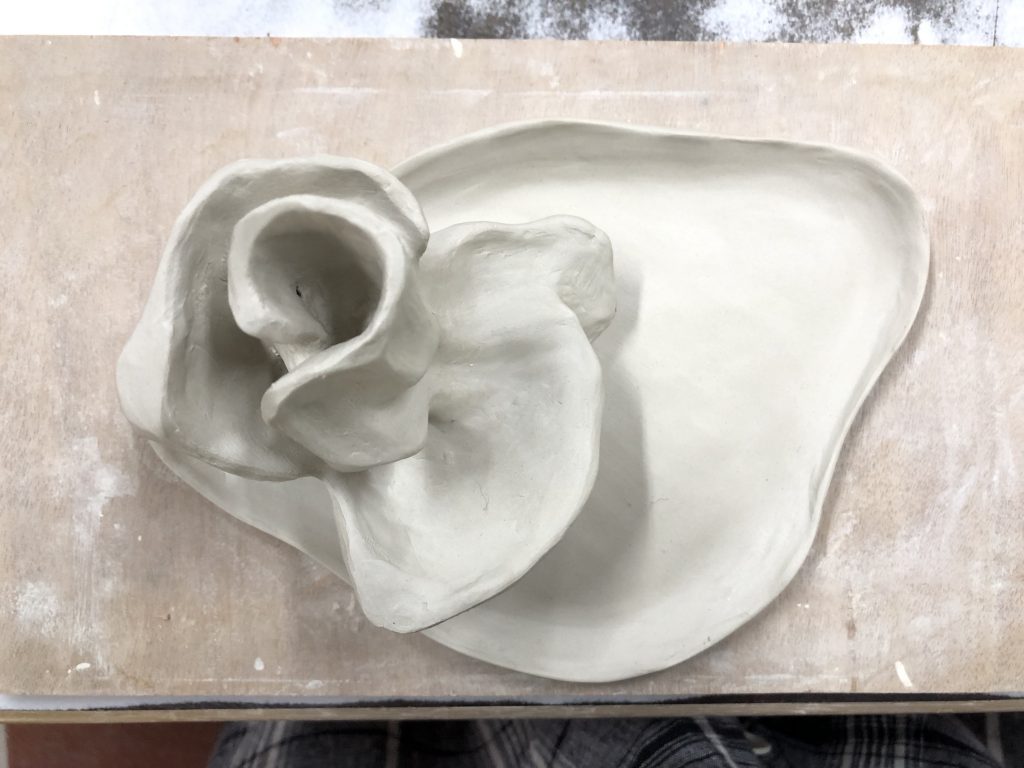
Made this form while thinking about Rovelli’s diagrams of time structures:
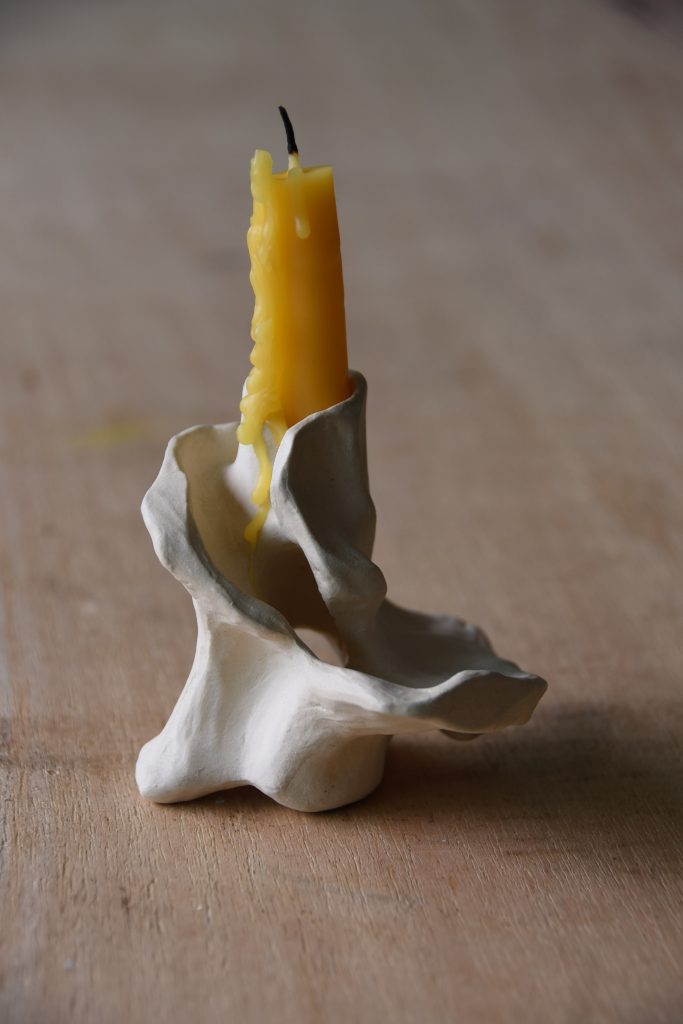
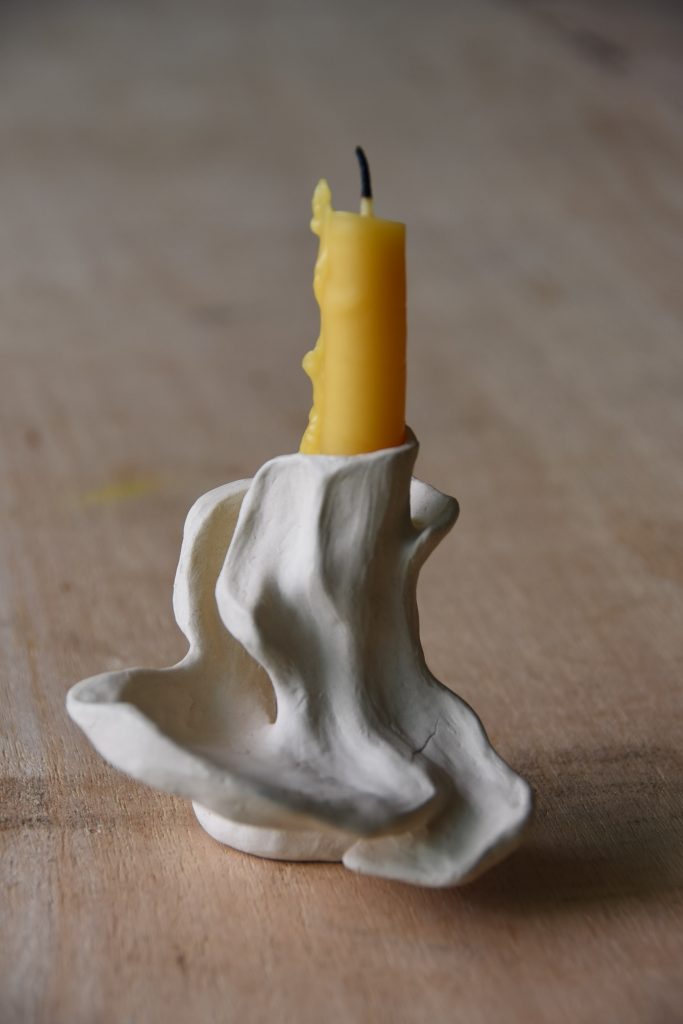
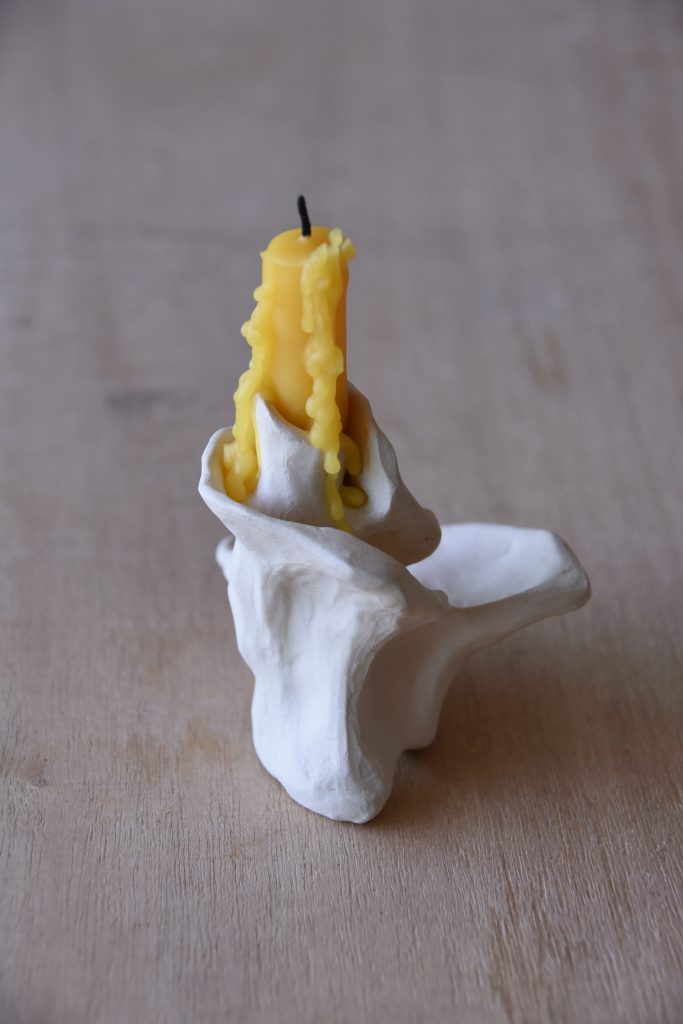
A good friend of mine was leaving Singapore. It seemed as good a time as any to make more of the wick-candles.
This time they turned out wilder for some reason, they felt more animate to me. I have been thinking a lot about the magic readings. They resonated with me in a way I never expected.
I’ve been thinking about those ideas, I just didn’t know they were could be called magic.
Here are a few lines from What Lenin Teaches Us About Witchcraft,
by Oxana Timofeeva and Reclaiming Animism, by Isabelle Stengers.
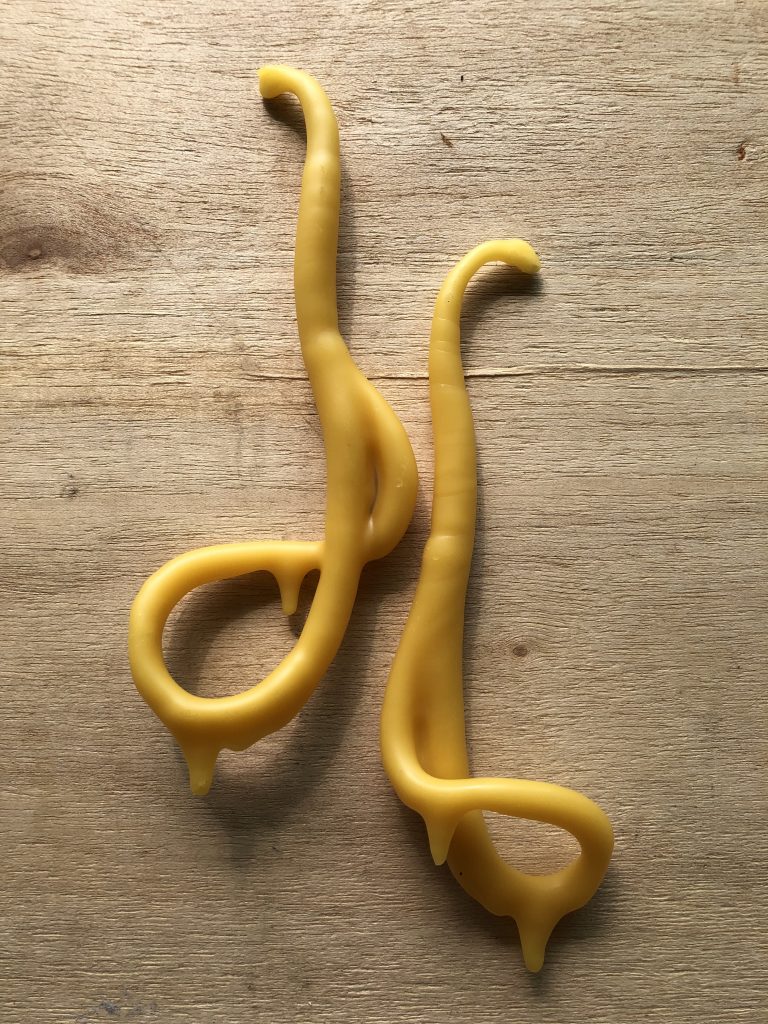
What makes slight-of-hand magic possible is “the way the sense themselves have, of throwing themselves beyond what is immediately given, in order to make tentative contact with the other sides of things that we do not sense directly”.
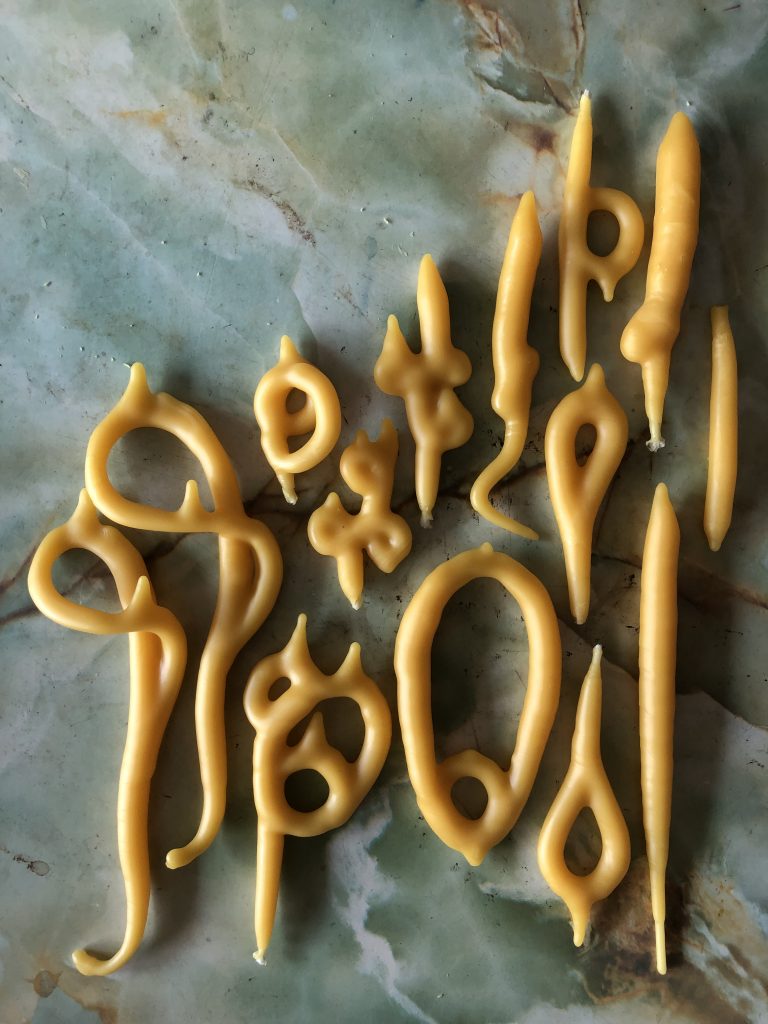
Our millieu entices us to feel that we bear the high responsibility to determine what “really” exists and what does not. It is a milieu that is ruled by the power of judgmental critique.
Scientists are infected, of course, as are all those who accept their authority to decide what objectively exists. But also infected might be those who would claim to be animists, if they affirm that rocks “really” have souls or intentions, like humans.
A poisoned milieu must be reclaimed. So must many of our words, those that – like ‘animism’ and ‘magic’ – carry with them the power to take us hostage: do you “really” believe in…?
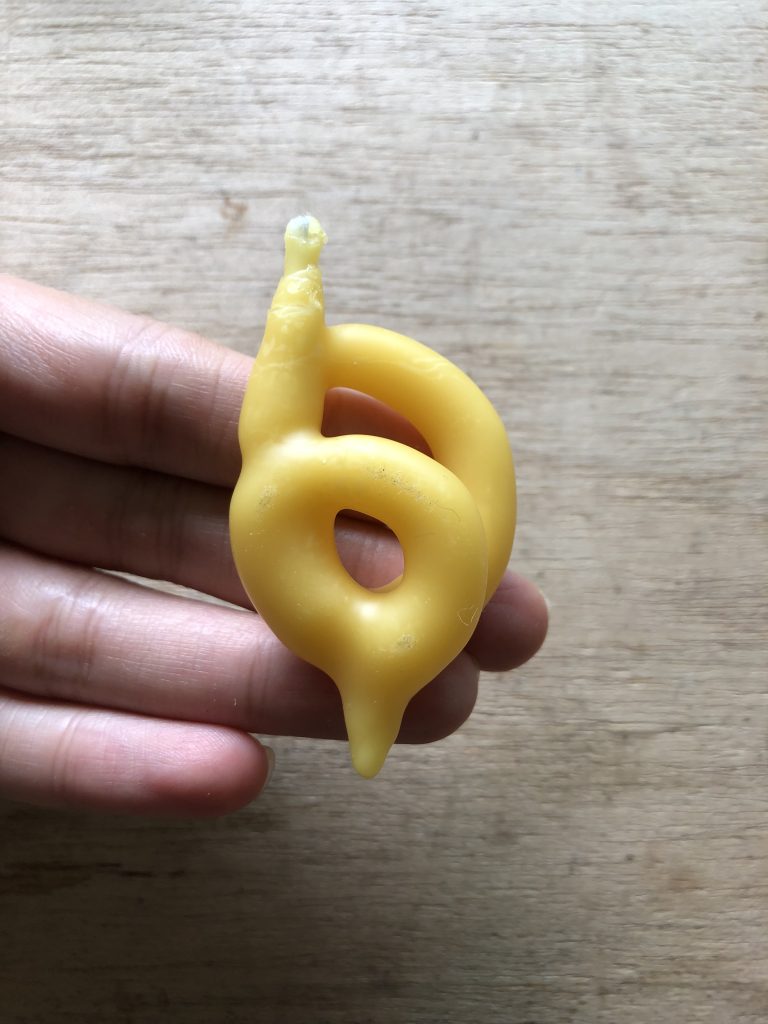
The main source of her magic is her firm belief in herself, which she perhaps acquires at precisely her worst moments of loss and catastrophe.
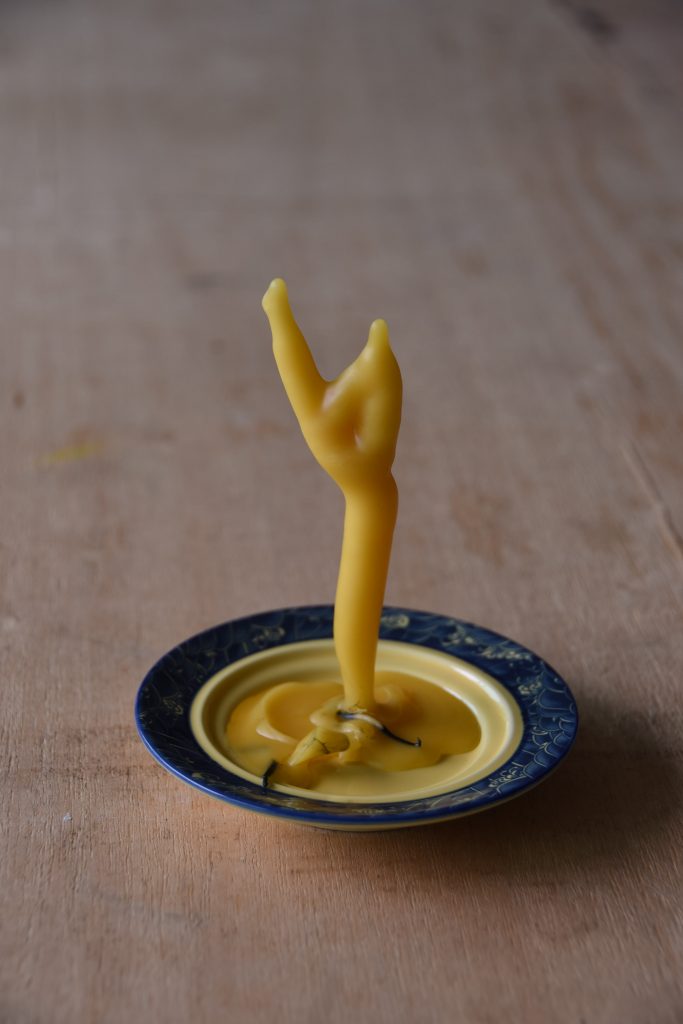
Neo-pagan witches call their own craft “magic”: naming it so, they say, is itself an act of magic, since the discomfort it creates helps us notice the smoke in our nostrils.
